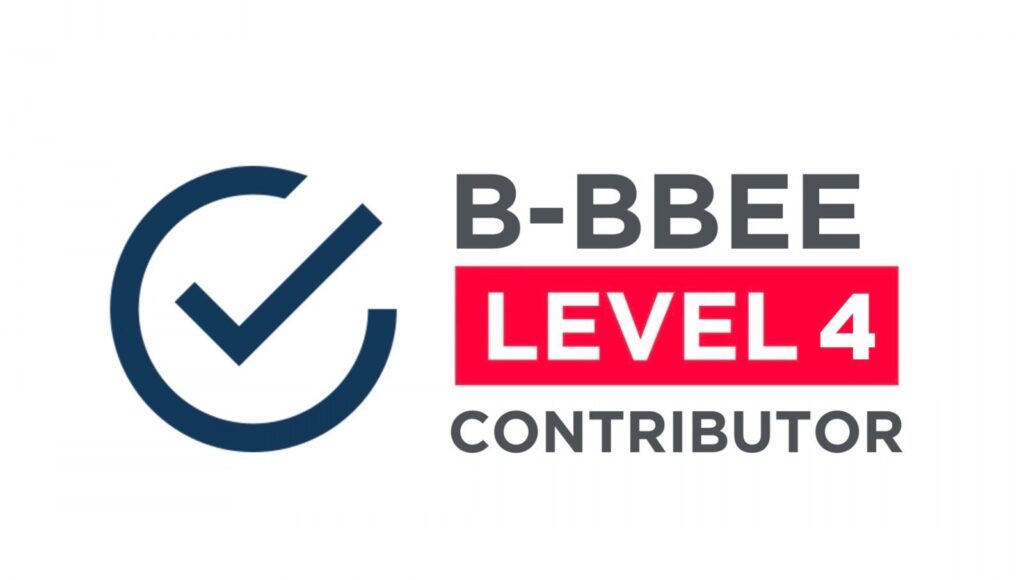As the world shifts towards renewable energy sources, solar panel installation has become increasingly popular. Installing solar panels is a significant investment, and understanding the process is crucial to ensure a seamless transition to clean energy. In this guide, we’ll outline the step-by-step solar panel installation process.
SOLAR PANEL Pre-Installation Steps (Weeks 1-4)
Before installing solar panels, consider the following:
1. Assess Your Energy Needs
- Evaluate your energy consumption patterns.
- Determine the suitable solar panel system size.
- Consider factors like energy usage, roof size, and local incentives.
2. Choose a Solar Panel Installer
- Research local, licensed installers.
- Compare quotes, services, and warranties.
- Check installer certifications (e.g., NABCEP).
3. Conduct a Site Assessment
- Inspect your roof’s condition, size, and orientation.
- Ensure minimal shading from trees or structures.
- Verify local building codes and regulations.
4. Obtain Necessary Permits
- Secure local building permits.
- Comply with utility company regulations.
- Obtain any necessary environmental permits.
The Solar Panel Installation Process (Days 1-3)
The installation process typically takes 1-3 days:
1. Preparation
- Installers arrive with necessary equipment.
- Cover plants and protect surrounding areas.
- Set up safety gear (e.g., harnesses, hard hats).
2. Roof Preparation
- Inspect and repair roof damage.
- Install mounting brackets.
- Ensure secure anchoring.
3. Solar Panel Installation
- Mount solar panels on brackets.
- Connect panels to inverters.
- Ensure proper alignment and spacing.
4. Wiring and Connection
- Connect panels to electrical panel.
- Install net meter (if applicable).
- Connect to grid or battery backup.
5. Final Inspection
- Verify system functionality.
- Test electrical connections.
- Ensure compliance with local regulations.
Post-Installation Steps (Weeks 5-8)
After installation:
1. Utility Company Inspection
- Schedule inspection.
- Ensure compliance.
2. System Activation
- Activate solar panel system.
- Monitor performance.
- Address any issues.
3. Maintenance and Upkeep
- Regularly clean solar panels.
- Schedule annual inspections.
- Monitor system performance.
Benefits of Professional Solar Installation:
While DIY installation may seem tempting, hiring a professional offers:
- Warranty coverage.
- Compliance with local regulations.
- Efficient system design.
- Reduced installation time.
- Increased safety.
Conclusion:
Solar panel installation is a straightforward process when done correctly. By understanding the preparation, installation, and maintenance requirements, you’ll be well on your way to harnessing clean energy and reducing your carbon footprint.



